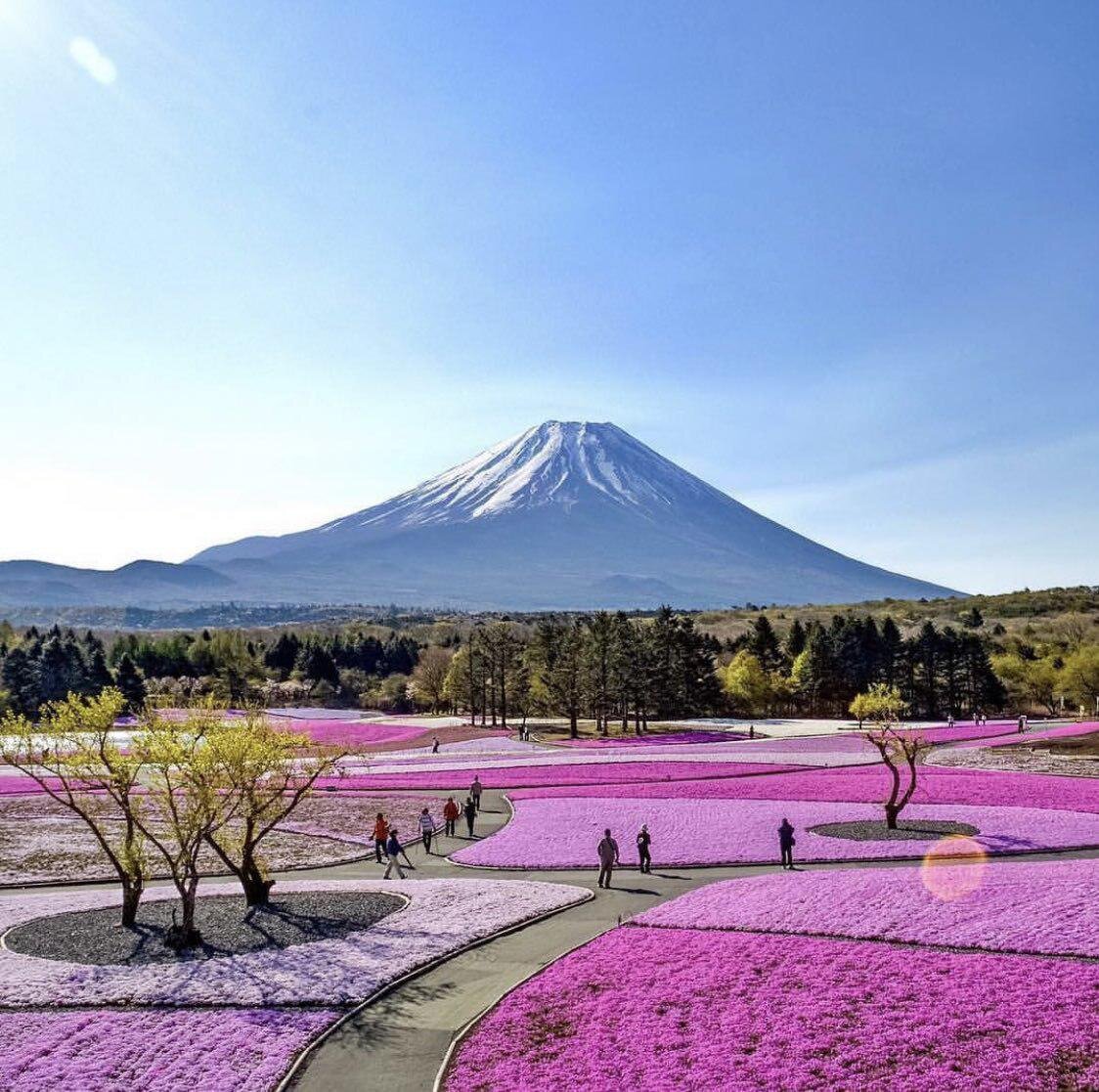What we know about Iran's Mazandaran

TEHRAN, Nov. 04 (MNA) – The northern province of Mazandaran boasts numerous tourist attractions, including Damavand Mountain, the highest peak in Iran, and the stunning 3000 Forests (locally the Jangalha-ye 3000).
Today (November 4) is Mazandaran Day in the Iranian calendar. Located along the southern coast of the Caspian Sea and adjacent to the Central Alborz mountain range, Mazandaran is Iean's central-northern province.
Iran's tallest mountain, Mount Damavand, is located in Mazandaran Province. It shares borders with the provinces of Golestan, Semnan, and Tehran, bordered by the Caspian Sea to the countries of Turkmenistan, Kazakhstan, Russia, and Azerbaijan.
Over 800 registered historical and cultural sites, 338 km of shorelines, mineral springs in jungles and mountains, waterfalls, and caves are among the main tourist attractions in the picture-perfect province.
Local dishes
Every province in Iran has its local foods that introduce new and delightful flavors to travelers, and Mazandaran is no exception. Pomegranate and pomegranate paste play a special role in the province's cuisine. Mazandarani sour chicken, which is different from Gilani sour chicken in which local vegetables and walnuts are used, Ashe Kadu, Kuyi Pela or pumpkin sweet, and rice, which is very popular among Mazandaranis, are some of the local dishes of Mazandaran.
Khoresht-e Sir Anar, a stew made with a combination of ground meat, pomegranate paste, fried onions, potatoes, and tomatoes, is one of the local dishes of Mazandaran. Other local dishes include Alu Mosama with Mazandarani plums, Aghooz Mosama, Baqala va Bij made from ground meat, fried onions, potatoes, and tomatoes, and Kadu Bareh.
Elegant Handicrafts
The presence of clay soil has led to the flourishing of pottery and ceramic vessels in Mazandaran. Kilim weaving is also an ancient craft in this province, usually accompanied by geometric patterns. Jajim weaving with Kheshti, pentagonal, quadruple, and other patterns, needlework, felt making, straw weaving, Shamad and quilt, wood carving, traditional painting, ceramics, and many more are other thriving crafts in this lush province.
Souvenirs
There is no shortage of souvenirs in Mazandaran province. In every city, the local daily markets offer a wide variety of jams, pickles, sour fruit pastries, and so on.
Tasting traditional dishes of Mazandaran such as grilled Caspian whitefish served with rice and fish spawn (locally named eshpel) is a must.
Sesame seed Candy or Poshtzik is a tasty snack in this province. Aghoosnoon and Reshte be Reshteh candy made from a combination of sugar, walnuts, powdered sugar, cardamom, and oil, has many fans.
Ghomaq, which falls into the category of sweets but includes no sugar, is a specialty of the Mazandaran region.
Other delicious souvenirs from Mazandaran Province include Berenjak, a special kind of rice, Mountain Bread or Amol Bread, Koloocheh and cookies, Aab-Dandoon, which is mostly cooked in Amol, Qatlameh Bread, which is specific to the month of Ramadan, honey, various jams, pickles, and Lavashak.
Tirgan Festival in Amol, Varfchal Festival, and Lucho Wrestling Festival are some of the customs of various cities in Mazandaran.
Tirgan is an ancient Iranian festival celebrated primarily in Mazandaran, marking the arrival of summer and honoring rainfall.
It is held on the 13th day of the Tir month. It is one of the few remaining monthly festivals from ancient Iran, alongside other notable celebrations like Nowruz and Yalda Night.
Historically, Tirgan was a time for communities to come together and celebrate, reflecting its cultural significance.
The history of Tirgan dates back to the pre-Zoroastrian era, however, Zoroastrians continue celebrating this festival. It was a ritual to celebrate Tishter, the goddess of the rain.
In the Zoroastrian religion all the months, days of the weeks, and months have a name. Whenever a month and a day with the same names coincided, people would celebrate that day.
It is also true for the Tirgan Festival as it is celebrated on the thirteenth day of the month which both months and day are known as Tir.





